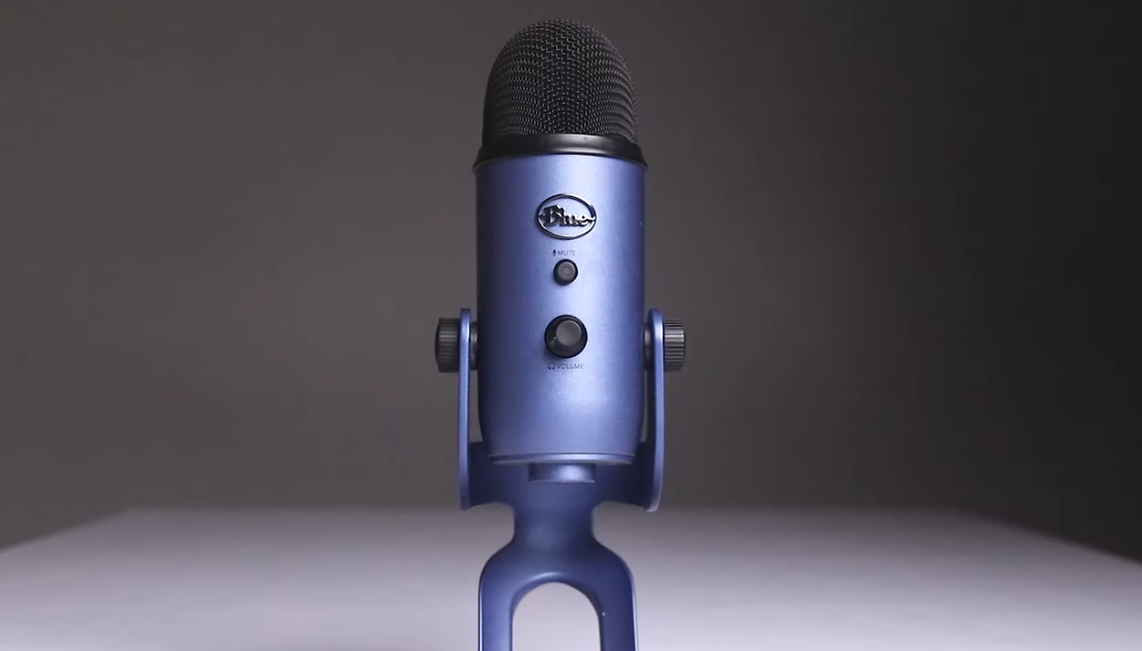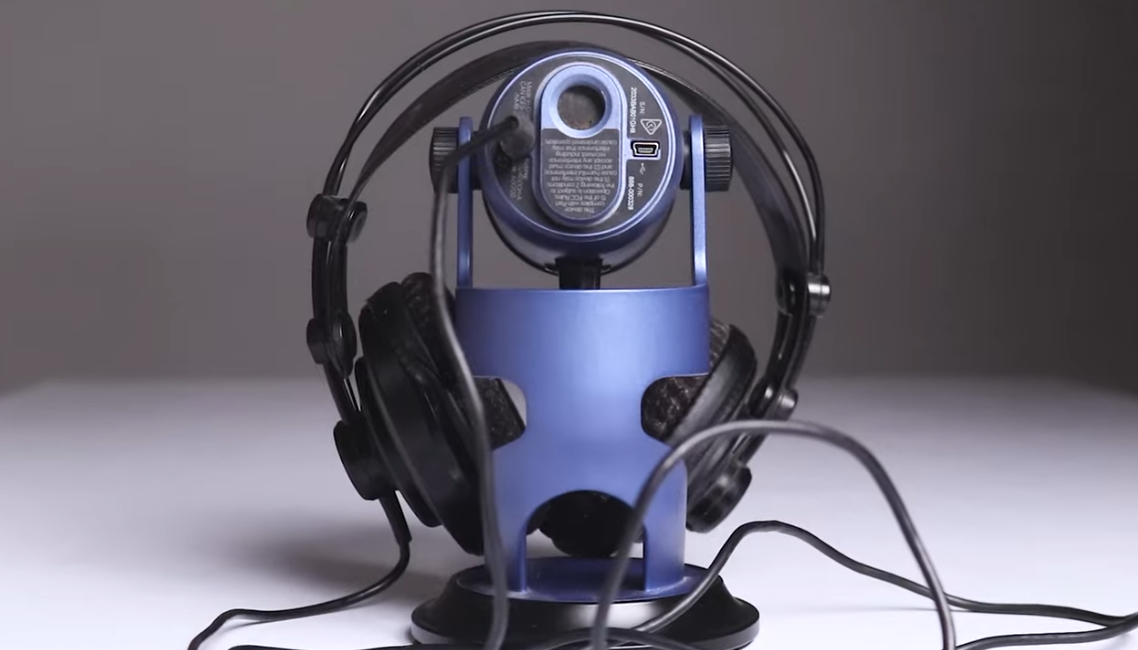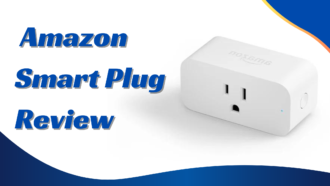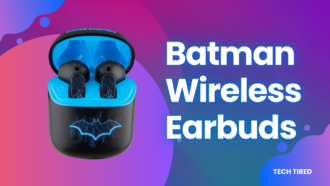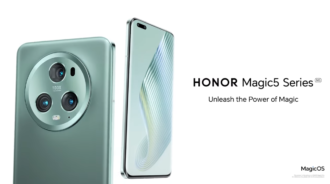Blue Yeti: The Ultimate Tool for Content Creators
- 1 Blue Yeti Features
- 1.1 What is in the box?
- 1.2 History and Background
- 1.3 Exploring the Blue Yeti’s Design and Build
- 1.4 Exploring the Features of the Blue Yeti Microphone
- 1.5 Delving into the Performance and Sound Quality of the Blue Yeti
- 1.6 Applications and Use Cases of the Blue Yeti
- 1.7 Analysing the Advantages and Drawbacks of the Blue Yeti Microphone
- 1.8 Should I buy it?
- 2 Conclusion
With its cardioid, bidirectional, omnidirectional, and stereo-polar patterns, the Blue Yeti microphone is incredibly versatile and works well for recording everything from stereo instrumentation to solo vocals. Its broad 20Hz–20kHz frequency range and premium condenser capsule guarantee rich and clear sound.
For blogging, streaming, recording music, and virtual meetings, the Blue Yeti offers excellent audio quality. Easy to use and appropriate for both novices and specialists looking for great results with less setup are features like its integrated headphone amplifier with zero-latency monitoring, adjustable gain control, and plug-and-play USB connection.
The creation of content is constantly changing; hence, top-notch audio equipment is needed. Worldwide, musicians have taken to the Blue Yeti microphone. Known for its value, performance, and adaptability, the Blue Yeti has been a standard of audio recording quality since 2009. This thorough analysis and manual explores the unique features, valuable applications, and architectural subtleties of the Blue Yeti in content production.
Blue Yeti Features
Feature | Description |
| Polar Patterns | Cardioid, Bidirectional, Omnidirectional, Stereo |
| Connectivity | USB (Plug-and-Play) |
| Frequency Response | 20Hz – 20kHz |
| Transducer Type | Condenser |
| Sample Rate | 48kHz |
| Bit Depth | 16-bit |
| Headphone Output | Yes (3.5mm) |
| Zero-Latency Monitoring | Yes |
| Gain Control | Yes (Adjustable) |
| Mounting Options | Desktop Stand Included, Compatible with Shock Mounts and Boom Arms |
| Weight | 1.2 lbs (550g) |
| Dimensions | 4.92″ (12.5cm) x 4.72″ (12cm) x 11.61″ (29.5cm) |
| Compatibility | Windows, macOS, Linux (No Drivers Required) |
| Accessories | USB Cable, Desktop Stand, User Manual |
| Construction | Metal Body with Die-Cast Zinc Base |
| Warranty | 2 Years |
What is in the box?
In most cases, when you buy a Blue Yeti microphone, the following things will come in the box:
- The Blue Yeti microphone itself is ready for immediate use.
- A USB cable for plug-and-play connectivity.
- An adjustable desk stand for easy positioning.
- A user manual detailing setup and usage instructions.
- Warranty information, dependent on the region of purchase
History and Background
The Blue Yeti, from Blue Microphones, debuted in 2009 and soon became popular among content creators because of its high sound quality and easy use. It has been a cornerstone in the industry since then, experiencing various changes and improvements to meet creator needs.
Exploring the Blue Yeti’s Design and Build
This is one of the first things that makes the Blue Yeti stand out: it looks great. The microphone gives off an air of industry and dependability with its retro-futuristic look and solid construction. The Yeti has a strong metal body and a stable base that make it stable while recording. The capsule’s distinctive circular shape, with a grille on top, not only looks good but also protects the microphone’s delicate parts.
Exploring the Features of the Blue Yeti Microphone
Among its rivals, the Blue Yeti stands out for having a vast number of features created to work with a variety of recording situations. With four polar patterns to choose from—cardioid, bidirectional, omnidirectional, and stereo—the microphone lets users pick the best pattern for their recording needs.
For example, the cardioid pattern is great for podcasting, voice recording, and streaming by yourself because it picks up sound mainly from the front and reduces background noise. The two-way pattern works great for interviews and duets because it picks up sound from the front and back while blocking out noise from the sides. It’s suitable for conference calls, group discussions, and recording background noise because the omnidirectional pattern picks up sound from all directions. Lastly, the stereo pattern gives the sound a sense of depth and space, which makes it perfect for recording live acts and acoustic instruments.
Along with its flexible polar patterns, the Blue Yeti has a built-in headphone amplifier that supports zero-latency tracking. This means that users can listen to their recordings instantly without any delays. This function is beneficial for making sure that monitoring is correct and for making changes quickly while recording.
Delving into the Performance and Sound Quality of the Blue Yeti
The sound clarity of the Blue Yeti is what makes it so appealing. With a high-quality condenser capsule, the microphone gives you a clear, crisp sound with a whole, rich tone. The Blue Yeti is excellent at reproducing sound accurately and faithfully, whether it’s singing, instruments, or background noise. The microphone also has a changeable gain control and a volume knob that lets users fine-tune the input levels so they can record at the best levels without clipping or distorting. This amount of power is necessary to record live performances and get professional results.
Applications and Use Cases of the Blue Yeti
You can use the Blue Yeti for a lot of different tasks because it is very flexible. Podcasters and streamers depend on its high-quality sound and easy plug-and-play setup to give their viewers exciting content. Voiceover artists and narrators like how clear and warm it is, which makes their records more powerful. Because it is so flexible, the Blue Yeti can record a lot of different sounds, such as vocals, acoustic instruments, room ambience, and live acts. It is an essential tool in the studio because it can switch between polar designs instantly. This lets you try new things and be creative. Professionals and educators use the Blue Yeti for webinars, online courses, conference calls, and remote meetings. They use its high-quality sound and easy-to-use controls to speak clearly in virtual settings.
Analysing the Advantages and Drawbacks of the Blue Yeti Microphone
Advantages | Drawbacks |
| The Blue Yeti has cardioid, bidirectional, omnidirectional, and stereo-polar patterns. | Large and weighty, the Blue Yeti USB microphone is different from others. |
| The Blue Yeti has a good condenser capsule and a comprehensive frequency response. | Because it has a sturdy structure and condenser capsule, handling noise and motions can impact the Blue Yeti microphone. |
| The USB connection makes the Blue Yeti easy to set up and operate. | The Blue Yeti’s rugged desk stand may not be as versatile as boom arms or shock mounts. |
| The Blue Yeti’s built-in headphone amplifier and zero-latency tracking let you hear the microphone’s output in real-time. | |
| The Blue Yeti can withstand rugged use with its metal body and robust tabletop stand. |
Should I buy it?
The Blue Yeti microphone may or may not be a good buy for you, depending on your wants, tastes, and budget. Here are some things to think about:
- Consider what to record and how to use it. The Blue Yeti is a versatile microphone with high-quality sound for voiceovers, blogging, streaming, and music recording.
- Think about how effortless the Blue Yeti’s plug-and-play and simple settings are. If you’re new to audio recording, the Blue Yeti’s simplicity may appeal to you.
- Compare the Blue Yeti to other mics with similar features and performance to your budget. The Blue Yeti is a good value for its quality, however it may be more pricey than other starter USB mics.
- Consider where you’re recording and potential issues like background noise or ambience. To achieve the finest Blue Yeti performance in a noisy environment, you may require supplementary gear or noise reduction.
- Consider how you’ll change in the future and whether the Blue Yeti will still fulfil your demands when you add recording gear or make other material. Despite its varied functions, the Blue Yeti should meet your long-term aims.
Conclusion
Being able to record sound with the Blue Yeti microphone shows how powerful new ideas and good work can be. Since it’s easy to use, has great sound quality, and is excellent for professionals, teachers, and people who make material, it’s a great choice. Yes, the Blue Yeti can help you stream on Twitch, record music, start a show, or run a virtual meeting. Nothing is impossible when the Blue Yeti is with you. It would be best if you were intelligent and clever.
Frequently Asked Questions
What does the Blue Yeti mic do?
Professional audio recorders will like the Blue Yeti USB condenser microphone. It is known for its flexibility, sound quality, and usability.
How does the Blue Yeti microphone pick up sound?
Blue Yeti offers cardioid, bidirectional, panoramic, and stereo-polar patterns. These patterns allow users to record sound from different locations, making the microphone versatile.
Does my PC support the Blue Yeti microphone?
Blue Yeti microphone works with most systems, including Windows, macOS, and Linux. It uses plug-and-play USB, so you can plug it into a computer USB port and start recording without installing drivers.
Can I podcast and stream using the Blue Yeti microphone?
Many people make podcasts, broadcasts, and other content with the Blue Yeti microphone. Professional-quality sound for your crowd is possible with its customisable polar patterns, high-quality sound reproduction, and built-in headphone monitoring.


